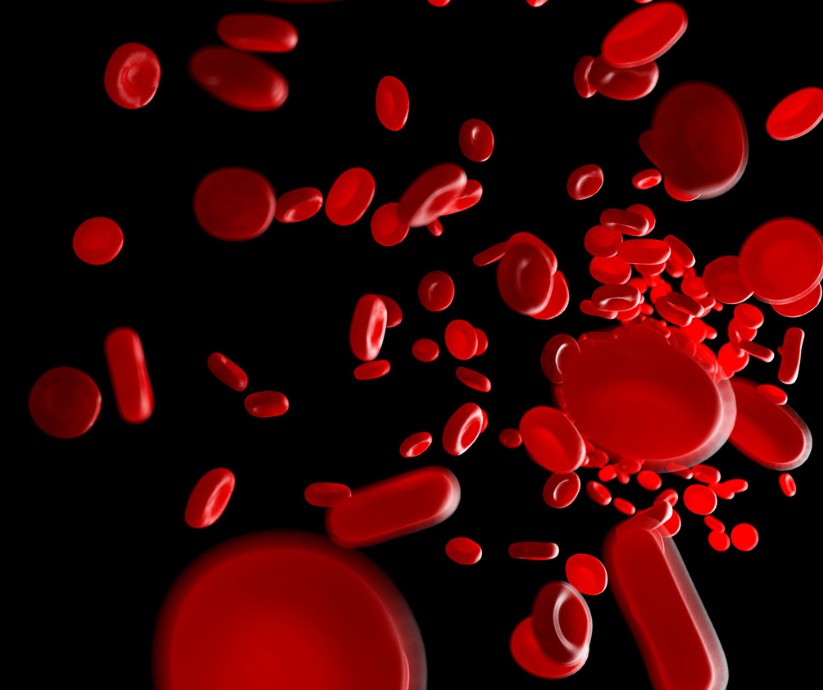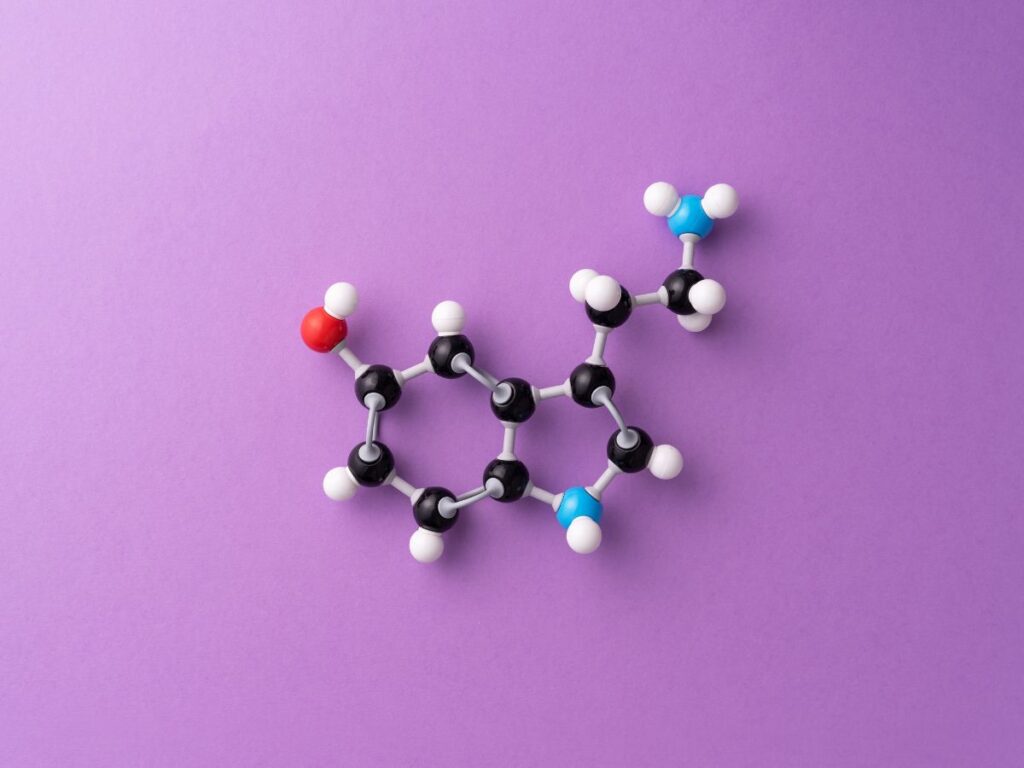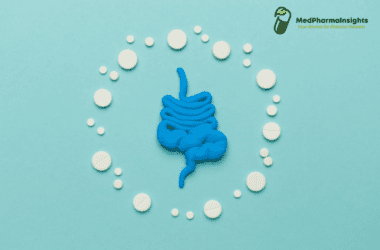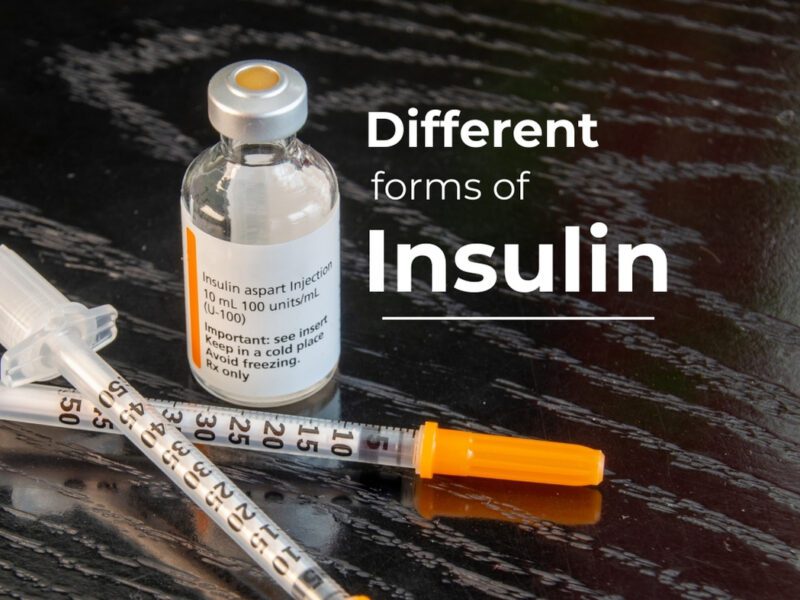Insulin is a life-saving hormone for people living with diabetes. It plays a crucial role in regulating blood sugar levels, ensuring that glucose is transported from the bloodstream into cells where it can be used for energy. While many people are familiar with insulin, not everyone knows that there are various types of insulin, each with its unique properties and uses. In this blog, we’ll unveil the different forms of insulin and how they contribute to better diabetes management.
What is Insulin?
Before we dive into the different forms of insulin, let’s briefly review what insulin is and why it’s so vital for people with diabetes.
Insulin is a hormone produced by beta cells in the pancreas. Its primary role is to regulate blood sugar (glucose) levels in the body. When you eat, your digestive system breaks down carbohydrates into glucose, which enters the bloodstream. In response, the pancreas releases insulin, allowing cells to absorb glucose and use it for energy or store it for later use. This process helps maintain blood sugar within a healthy range.
Types of Insulin
There are several types of insulin, classified based on their onset, peak action, and duration. The choice of insulin type depends on individual needs, lifestyle, and the management goals of the person with diabetes. Here’s an overview of the different forms:
1. Rapid-Acting Insulin:
- Onset: Rapid (within 15 minutes)
- Peak Action: 1 to 2 hours after injection
- Duration: 3 to 4 hours
- Use: Taken just before or right after meals to control post-meal blood sugar spikes. Examples include insulin lispro (Humalog), insulin aspart (NovoLog), and insulin glulisine (Apidra).
2. Short-Acting Insulin:
- Onset: Slower than rapid-acting (30 minutes to an hour)
- Peak Action: 2 to 3 hours after injection
- Duration: 3 to 6 hours
- Use: Taken before meals to control blood sugar levels during and after eating. Regular insulin (R) is an example.
3. Intermediate-Acting Insulin:
- Onset: Slower (1 to 3 hours)
- Peak Action: 4 to 12 hours after injection
- Duration: Up to 18 hours
- Use: Provides coverage between meals and overnight. Examples include NPH insulin and insulin detemir (Levemir).
4. Long-Acting Insulin:
- Onset: Slow and gradual (1 to 2 hours)
- Peak Action: Minimal or no pronounced peak
- Duration: Up to 24 hours
- Use: Provides a basal level of insulin throughout the day and night. Examples include insulin glargine (Lantus), insulin detemir (Levemir), and insulin degludec (Tresiba).
Insulin Delivery Methods


1-Insulin Pens: These are disposable or reusable devices that allow for easy and precise insulin injections. Pens come pre-filled with insulin cartridges.
2. Insulin Syringes: Traditional syringes can be used to draw insulin from vials and administer injections.
3. Insulin Pumps: Insulin pumps are small devices worn externally that deliver a continuous supply of rapid-acting insulin throughout the day, with additional doses for meals.
4. Inhalable Insulin: A newer option, inhalable insulin, delivers insulin via inhalation using devices like Afrezza.
Conclusion
Understanding the different forms of insulin and their properties is essential for effective diabetes management. Your healthcare provider can help determine the most suitable insulin regimen and delivery method based on your specific needs and lifestyle. With proper insulin management, people with diabetes can achieve better blood sugar control and lead healthier lives. Remember to consult with your healthcare team for personalized guidance and adjustments to your insulin therapy as needed.













